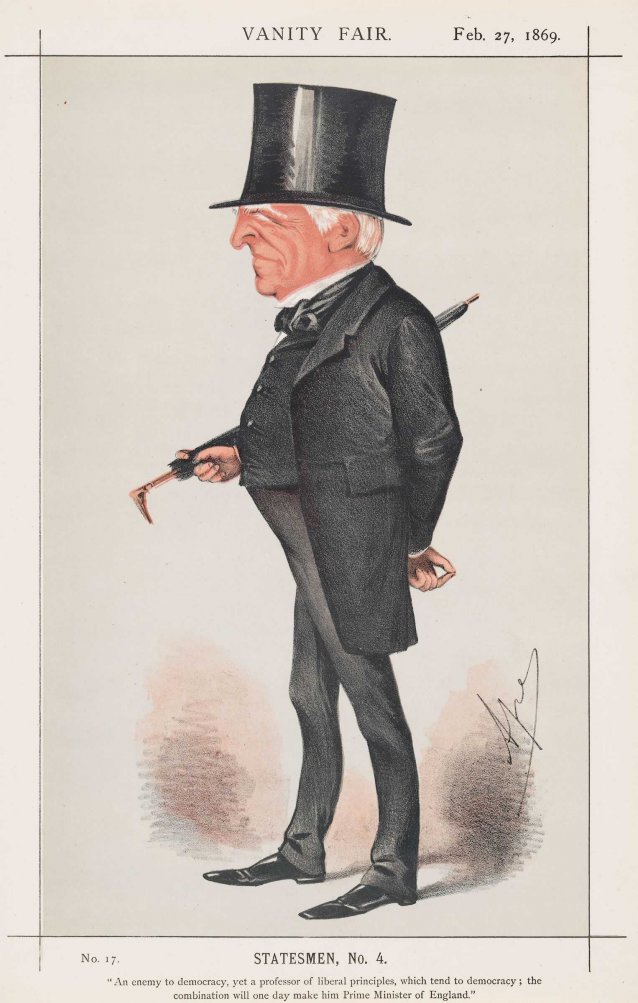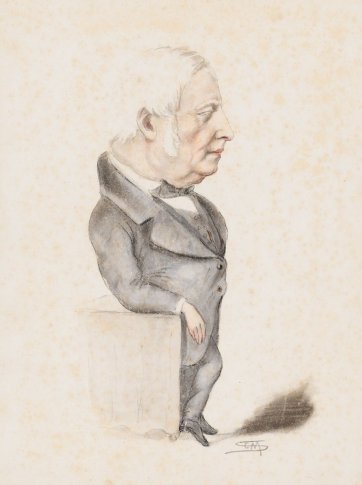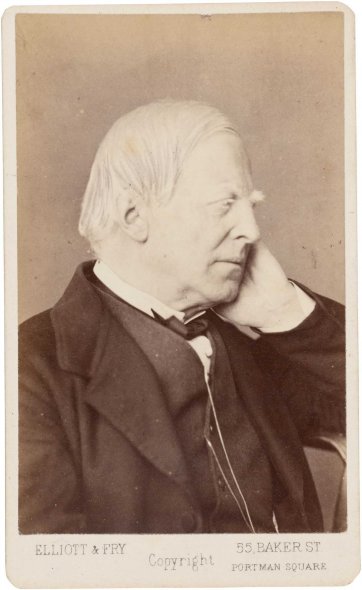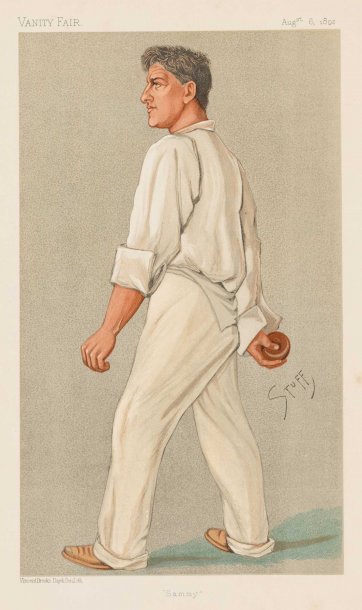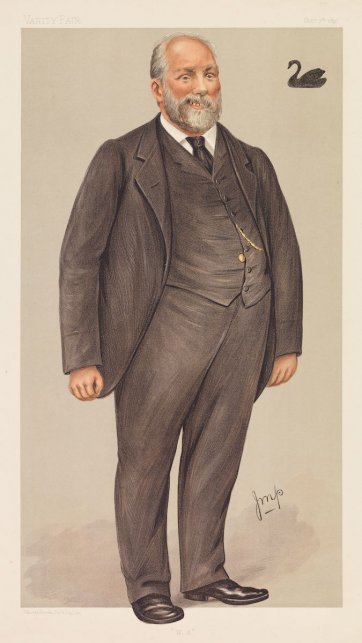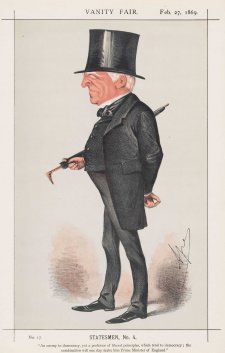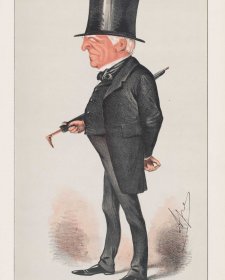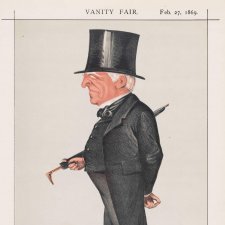Robert Lowe, Viscount Sherbrooke (1811-1892), politician, studied and tutored in law at Oxford before coming to Australia in 1842. Although he was a fervent adherent to the principles of the British Constitution, he recognised special needs in the colony, and during his eight years here he was a prominent opponent of the Crown initiatives for which Governor Gipps was the vehicle. Early on, despite severe ill health, he practised as a lawyer (famously unsuccessfully defending John Knatchbull but adopting the two children of the woman Knatchbull murdered). He made his first speeches in the Legislative Council as an unofficial nominee in 1843, setting out his vision of better government through laissez faire policy. He joined the Pastoral Association of New South Wales, recommending a state supported, non-denominational school system, and launched a weekly journal, the Atlas, lobbying for responsible government. In 1845 he returned to the Legislative Council campaigning strongly against the squatting system, and later vehemently opposed further transportation as a measure to hinder squatters in their ambitions. When in 1848, nominated for one of Sydney's two seats in the Legislative Council, he was returned a close second to Wentworth, Henry Parkes called it the 'birthday of Australian democracy'. Lowe returned to England in 1850, where he enjoyed a successful career as a columnist and politician, rising to the House of Lords in 1880 and eventually holding the posts of Chancellor of the Exchequer and Home Secretary.
Purchased 2013
The National Portrait Gallery respects the artistic and intellectual property rights of others. Works of art from the collection are reproduced as per the
Australian Copyright Act 1968 (Cth). The use of images of works from the collection may be restricted under the Act. Requests for a reproduction of a work of art can be made through a
Reproduction request. For further information please contact
NPG Copyright.
